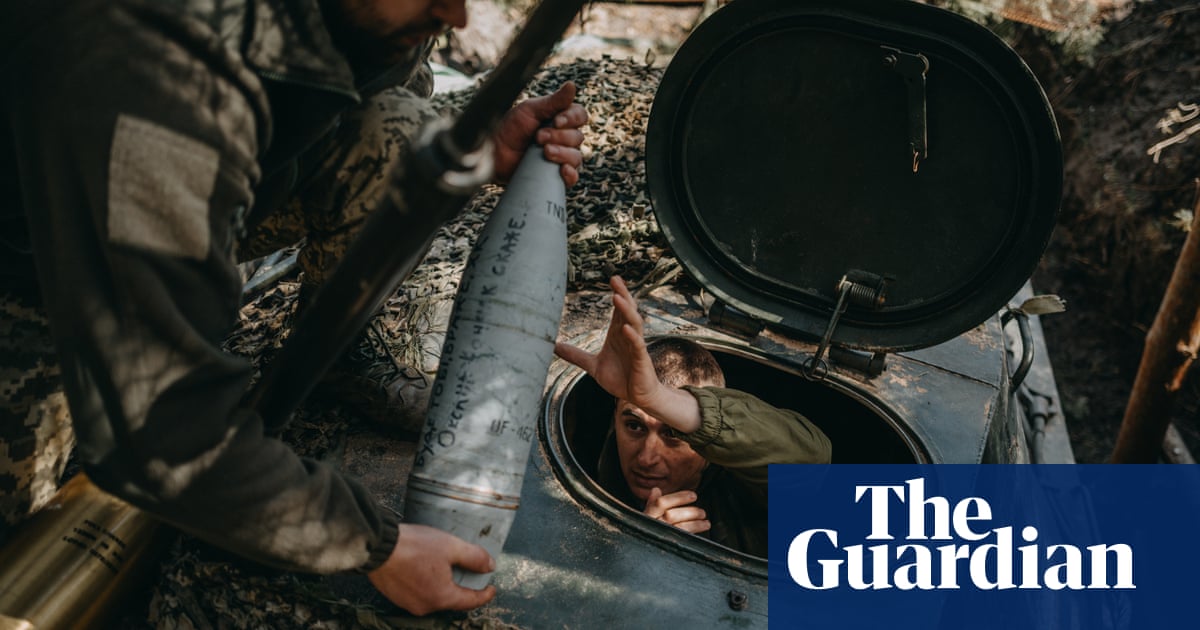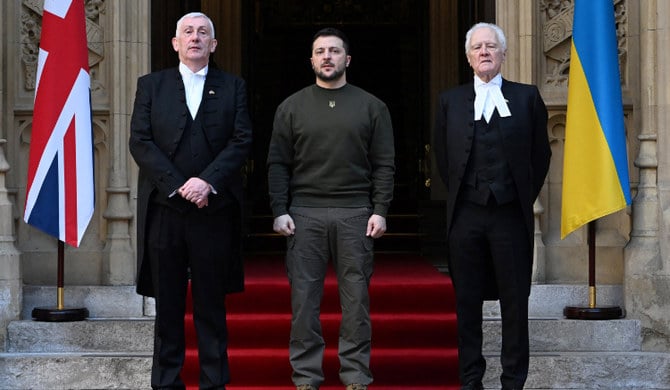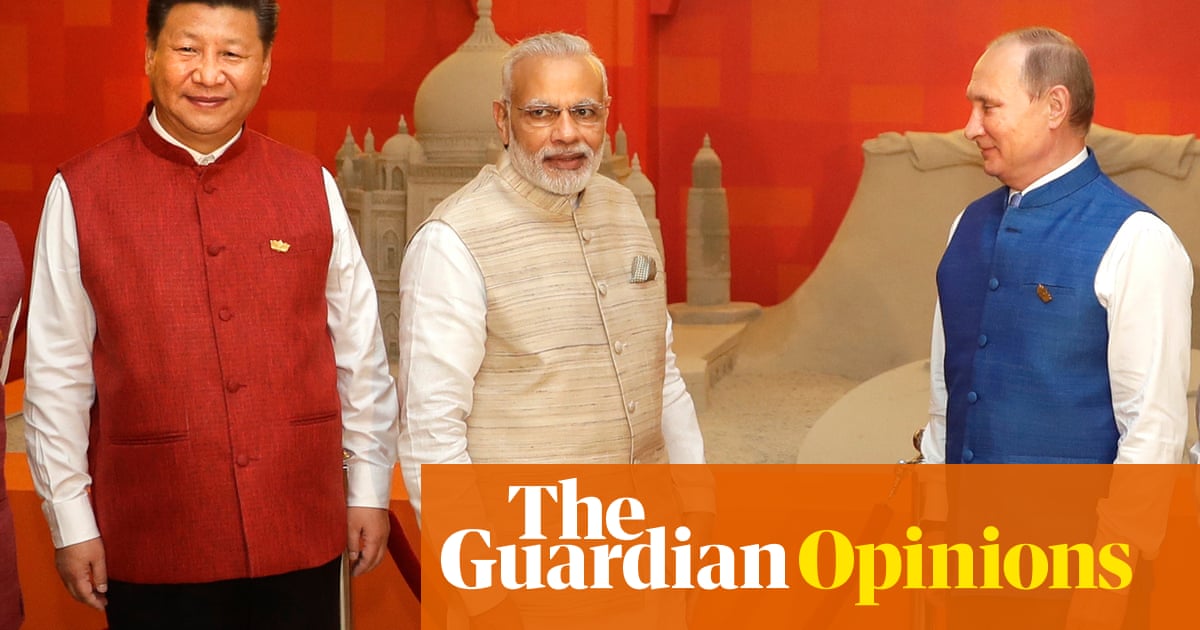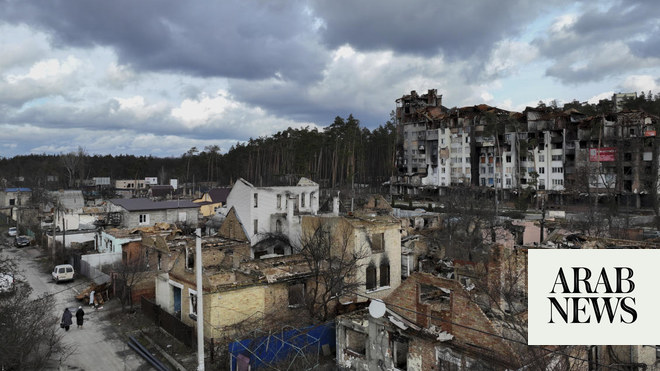
After the US House of Representatives on Saturday approved a $61bn aid package for Ukraine, Dan Sabbagh looks at what it could mean for the country’s war against Russia.
What difference could more US weapons make to Ukraine?
Ukraine has been struggling against Russian aggression since US military aid essentially dried up at the end of last year, suffering in particular from an increasingly serious shortage of artillery. Its military was forced to abandon the Donbas town of Avdiivka in February and is now coming under pressure in Chasiv Yar.
Moscow’s forces have been able to outshell Kyiv by a ratio of at least five to one, rising to 10 to 1, meaning that Ukrainian artillery have been increasingly unable to prevent Russian forces from massing in advance of ground attacks. The shortages were so acute that some Ukrainian gunners reported they were reduced to firing smoke shells to scare the Russians because they had no shells left.
At the same time, Ukraine has been short of air and missile defences, exposing its civilians to increased danger. Russia switched to aggressively targeting Ukrainian power stations, knocking out two in Kharkiv region in March and another south of Kyiv earlier in April. Electricity is rationed to a few hours a day in Kharkiv, a city of 1.3 million people, and there is growing anxiety that the power system may be unable to cope, particularly next autumn and winter.
When will US weapons start arriving on the battlefield?
Pentagon officials indicated on Friday that they were preparing an initial package for the White House to approve for sending to Ukraine within days after the Senate ratifies the vote by the House of Representatives and President Joe Biden signs it into law. A Senate vote is expected on Tuesday and the initial package, probably with artillery and air defence at its heart, could come soon after that. Some munitions have been stockpiled in Europe in anticipation, and could be on the move in a week or two.
However, experts cautioned that it would take some time before any difference was felt. Ben Hodges, a former commander of the US army in Europe, said “it may be weeks before we see significant battlefield effects”, while Ukraine’s president, Volodymyr Zelenskiy, cautioned on Sunday that Russia might try to mount a hurried offensive and launch further air raids in an attempt to press home its advantage on the eastern front.
When will Europe’s contribution come through?
European countries were slow to reorganise their military-industrial base in support of Ukraine. Unlike in the US, where some munitions, such the manufacture of artillery shells, are handled by government-owned companies, European countries rely on private-sector firms, and issuing contracts took longer than expected.
But concern about if and when the US would resupply Ukraine has speeded up activity. A Czech-led initiative to buy more artillery shells from neutral countries with surplus stocks has obtained at least 300,000, the first deliveries of which will come through before June. Germany said it would donate a Patriot air defence system a week ago, while the Netherlands has offered to buy Patriots from countries unwilling to give them to Ukraine directly.
What could the medium-term impact be on the war?
Russia has also been increasing its defence spending, to up to 7.5% of GDP on some estimates, and innovating on the battlefield. Moscow is increasingly using crude but deadly air-launched glide bombs to devastate the frontline, from distances that Kyiv cannot counter, and Ukrainian soldiers have reported that an increasingly large number of drones are being used against them. Russia also has a manpower advantage on the battlefield, which it has been able to exploit along with heavy weaponry.
Experts do not expect Ukraine to turn around the battlefield position in 2024. “The main point is that this funding can probably only help stabilise the Ukrainian position for this year and begin preparations for operations in 2025,” said Matthew Savill of the Rusi military thinktank, while Hodges argued that 2024 was probably “the year of industrial competition”, where both sides tried to build up resources in an attempt to strike a decisive blow next year.












